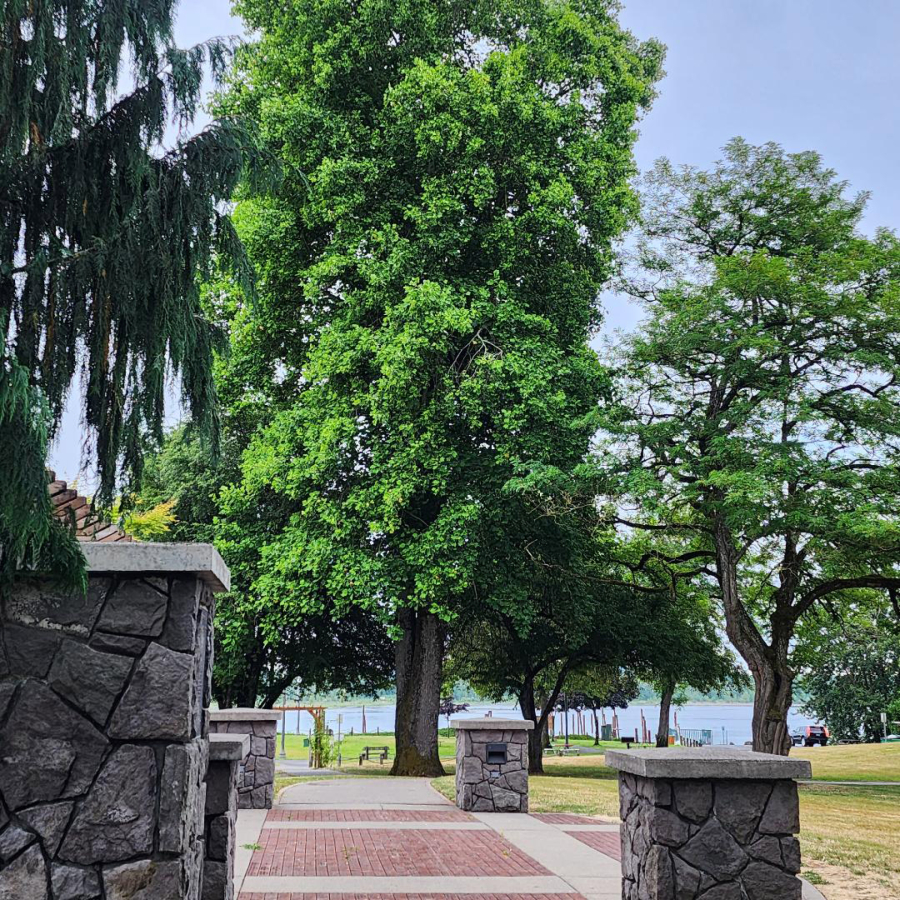WASHOUGAL — A tulip tree at Parker’s Landing Historical Park has been nominated for Clark County heritage status with anticipation of a decision in November.
The Parkersville National Historic Site Advisory Committee of the Port of Camas-Washougal is nominating the tulip tree for Clark County Heritage status to bring more public attention to the beautiful, significant trees at Parker’s Landing Historical Park.
Erika Johnson coordinates the nominations for the Washington State University Extension Master Gardener Heritage Tree program. She keeps a list of significant trees in unincorporated Clark County. Johnson coordinated with Jessica George, a certified arborist and outreach coordinator for urban forestry, to find a volunteer to take the required measurements on the nomination papers for the park’s tulip tree.
The program seeks long-lived and large trees that serve as living markers of times gone by or grow in notable places. The trees to be considered may be associated with historic people or events or be unusual by their presence in this part of the world.



